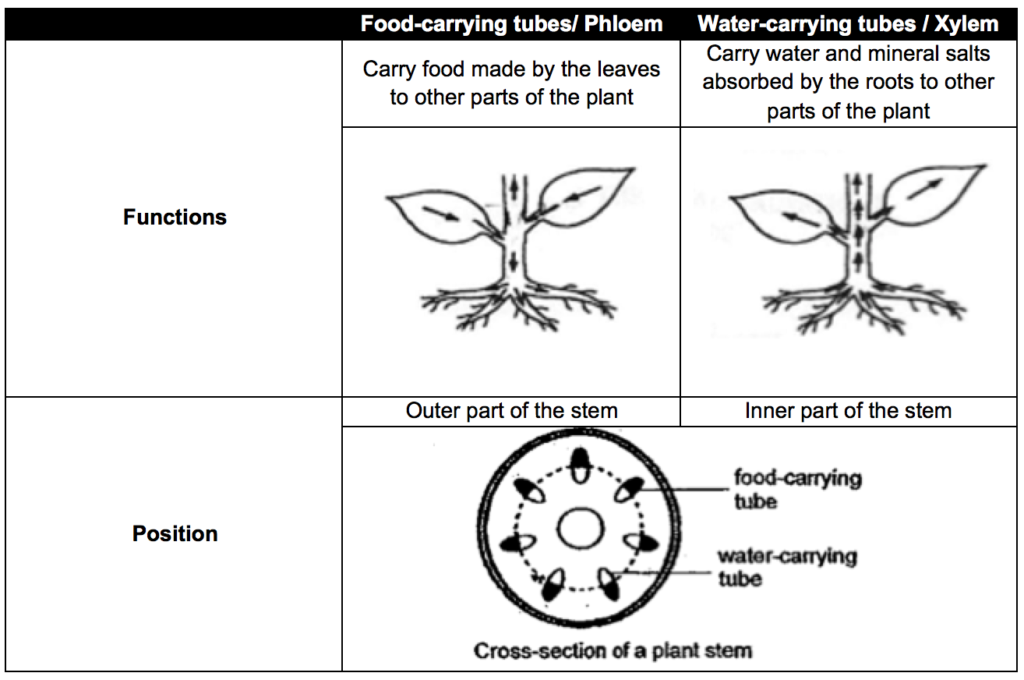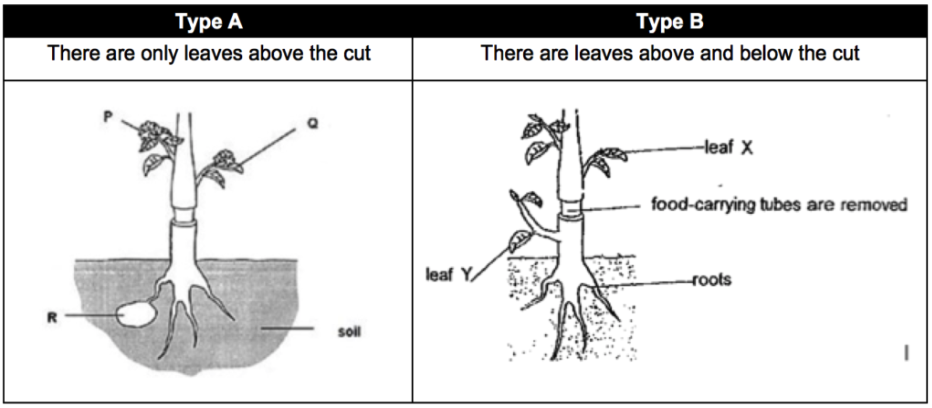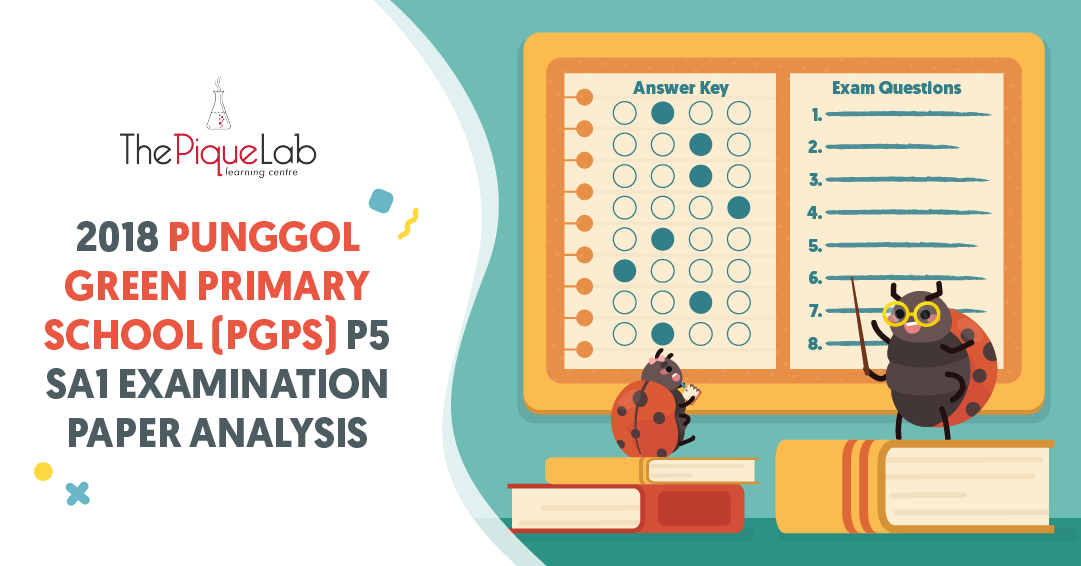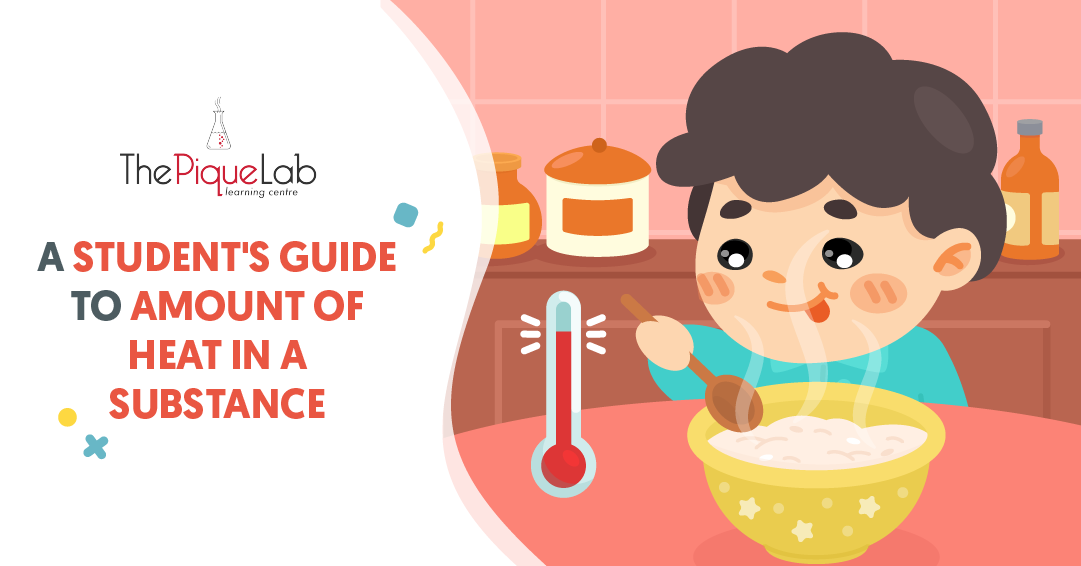In this article, we will be discussing the transport system in Plants which is another concept commonly tested in examinations.
Questions on the plant transport system typically test students on what would happen if the food-carrying tubes and/or the water carrying tubes are removed. Such questions vary based on changing the positions where the tubes are removed.
Read Also
For instance:
How do we determine the position of the swelling at the stem when the food carrying tube (phloem) is removed at different positions?
Background
Firstly, let us take a look at the functions and the positions of the tubes in the stem.

Your child may have some problems remembering the positions of the phloem and the xylem. Over at The Pique Lab, we teach our students an acronym to help them retain these important distinctions:
The acronym, “WIFO”. denotes Water Inside Food Outside. An alternative way is that ‘Food’ has an O, which is also found in ‘Phloem’.
Type A & Type B Questions
Next, there are two typical variations of questions where the food-carrying tubes are cut:

Students usually have no issues answering Type A question. However, many of the students tend to neglect the leaves at the bottom of the cut featured in Type B.
As such, these students tend to answer ‘Type B’ questions the same way as Type A, which is incorrect. There are different outcomes for Type A and Type B, but both require the same concept.
Here’s Why
Food-carrying tubes, also known as phloem, carry food made from the leaves to other parts of the plant.
When the food-carrying tubes are removed, food made by the leaves will not be able to be transported to other parts of the plant.
This causes the food to accumulate at the cut, which results in the bulging of the stem.
So What’s The Difference Between Type A & B?

The only difference between Type A and Type B questions lies in the number of bulges in the stem.
Type A only has one bulge on the upper side of the cut. The reason is that the leaves are only found above the cut. Thus, the food made by the leaves above the cut cannot be transported down to the roots. Therefore, the food will accumulate, causing a bulge in the stem above the cut.
On the other hand for Type B, there are leaves above and below the cut. Hence, there will be a bulge above and below the cut. Food made by the leaves above the cut could not be transported down to the roots and would accumulate, causing a bulge in the stem above the cut. Similarly, food made by the leaves below the cut could not be transported up to the stem and branches, causing a bulge in the stem below the cut.
In Conclusion…
When your child answers questions on the plant transport system:
1) Always focus on the functions of the tubes to understand what will happen if they are removed.
2) Observe the diagram carefully in order to answer the questions accurately.
In the next and final part of our series, I will be looking at 5 common questions and interpretations about Plants.
Stay tuned! 🙂

If you like our methodology, we’ve some upcoming workshops:

![[2 Question Types] What Happens When Plant Tubes Are Removed?](https://thepiquelab.com/blog/wp-content/uploads/2016/02/3_Discover-What-Happens-When-Plant-Tubes-Are-Cut-01.png)





